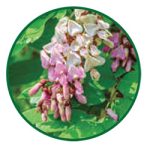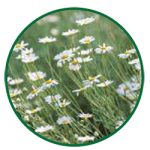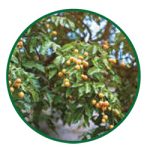Botanical-based insecticides have an active ingredient derived from a plant that is not changed — or minimally changed — from its plant-based chemical structure. Most current insecticides are made from synthetic materials, which are petroleum-based. Many of them mimic naturally derived insecticides, with changes in the chemical structure that affect the properties in some way while retaining the insecticidal properties.
The secondary metabolites found in plants act as a natural defense mechanism against pests. Thousands of years ago, humans discovered these biochemical properties and have used plants to aid in the management of pests ever since. Though hundreds of secondary metabolites found in plants have pesticidal qualities, relatively few are used commercially. Most commercial botanical pesticides are contact or ingested toxins that work on the central nervous system of a pest. They also work as antifeedants, deterrents, growth regulators, energy-production inhibitors and mating disruptors. See below for details of common commercial botanical pesticides.

Sabadilla
Plant Source: Seeds of Sabadilla, (Schoenocaulon officinale)
Mode of Action: Binds to sodium channels
 Rotenone
Rotenone
Plant Source: Stems and roots of Tuba Root (Derris) spp.
Mode of Action: Affects energy production; halts metabolism
 Pyrethrins
Pyrethrins
Plant Source: Chrysanthemum flowers
Mode of Action: Binds to sodium channels
 Azadirachtin
Azadirachtin
Plant Source: Bark, leaves, fruit, seeds of Neem (Azadirachta indica)
Mode of Action: Antifeedant; IGR; sterilizing effect

